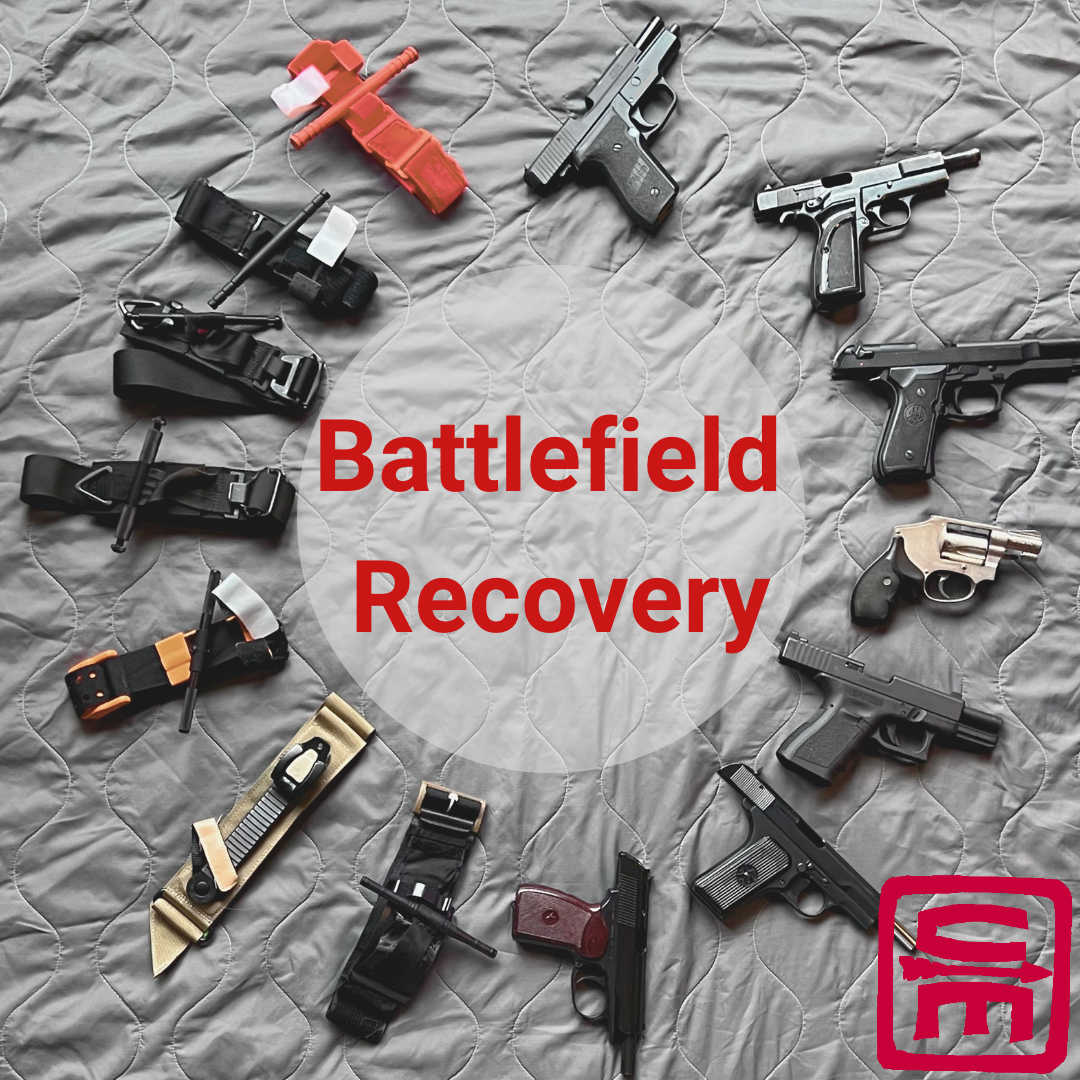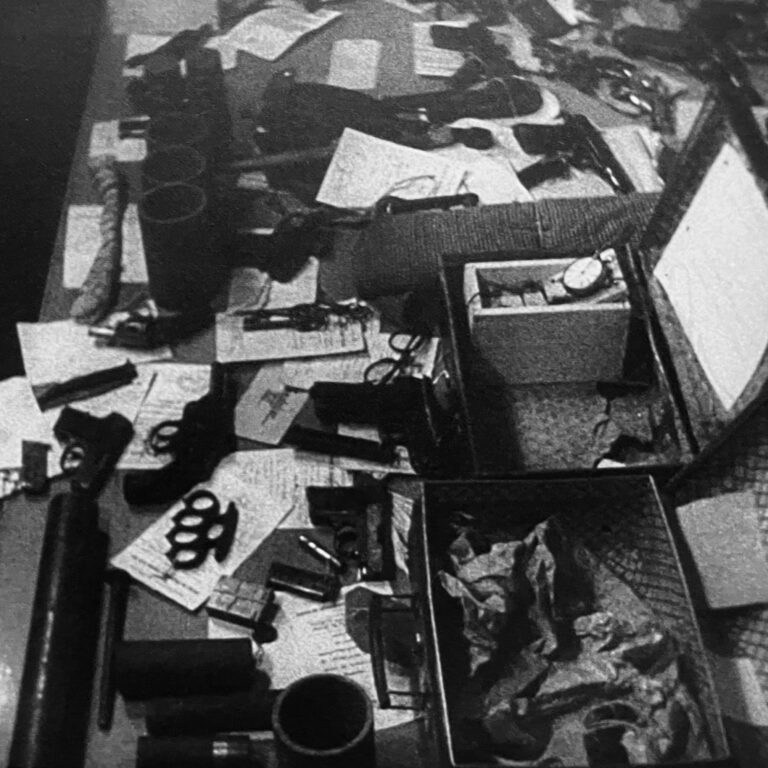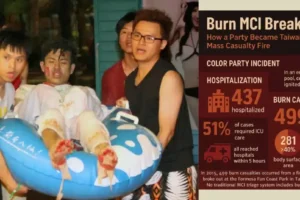
Battlefield Recovery
- Posted by Mike Shertz MD/18D
- Categories Equipment, Everything Else
The primary historic mission of US Army Special Forces is Unconventional Warfare. A 12-person Special Forces team infiltrates into an occupied nation at war to raise and train a guerrilla army to fight for the liberation of that nation. The OSS, a predecessor of SF did just that in Europe and multiple other occupied countries throughout the world during WW2.
Guerrilla or resistance forces fight with whatever weapons they are supplied with or recover from their enemies. An inserted SF team my arrive with their own US made weapons or deploy entirely with weapons typical in the occupied country. Even if they bring US weapons, eventually, if the resistance runs long enough, they will run out of ammunition for those weapons, or they may break.
A crucial skill set in Special Forces is the ability to successfully use weapons commonly available in your area of operations. You don’t always get to fight with the weapons you brought with you. It is foreseeable you will be taking weapons off your enemies to continue the mission (did you see our post on the French Resistance disarming & recovering weapons during WWII?) This is battlefield recovery. Figuring out how to use that equipment in the middle of a gunfight is a horrible idea: You need to be facile with their use ahead of time.
Does this concept apply to Law enforcement and prepared private citizens? We think so. In an emergency, you might have to use equipment you didn’t bring in order to solve the problem. That may be a pistol taken from someone trying to kill you, or a tourniquet from a public access hemorrhage control kit that may or may not be the one you usually choose or carry.
If you consider yourself a tactical medical professional, you need to train not only with the equipment you like and carry, but those you might encounter on your own “battlefield.”
How many of these tourniquets have you trained with?
Do you know the assets and liabilities of each?
Although many are of a similar “strap and windlass” design, their effectiveness in the published medical literature is very different. Are you familiar with the effectiveness? What is your backup plan?

Dr. Mike Shertz is the Owner and Lead Instructor at Crisis Medicine. Dr. Shertz is a dual-boarded Emergency Medicine and EMS physician, having spent over 30 years gaining the experience and insight to create and provide his comprehensive, science-informed, training to better prepare everyday citizens, law enforcement, EMS, and the military to manage casualties and wounded in high-risk environments. Drawing on his prior experience as an Army Special Forces medic (18D), two decades as an armed, embedded tactical medic on a regional SWAT team, and as a Fire Service and EMS medical director.
Using a combination of current and historical events, Dr. Shertz’s lectures include relevant, illustrative photos, as well as hands-on demonstrations to demystify the how, why, when to use each emergency medical procedure you need to become a Force Multiplier for Good.



